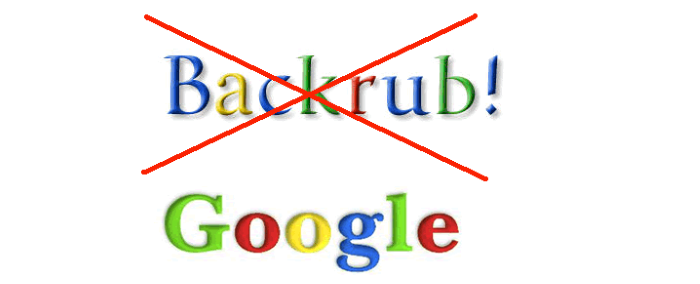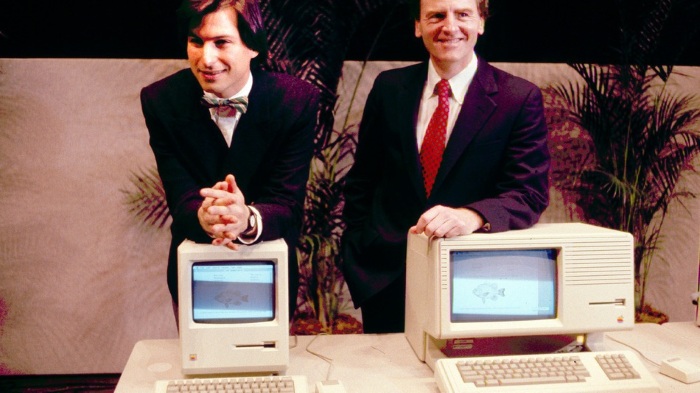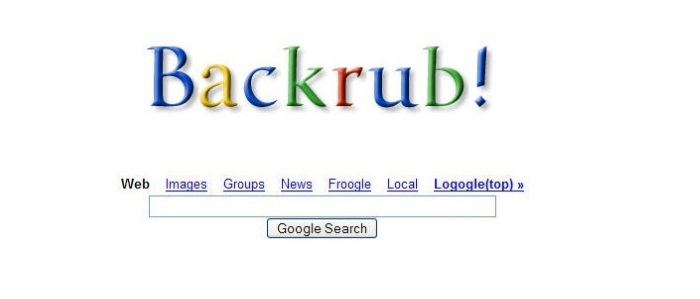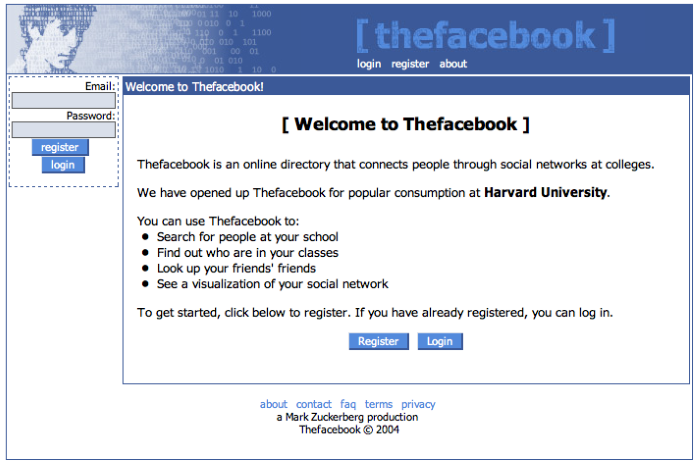Way before any of these tech companies became the global brands they are today, their names were up in the air. 
That’s because these businesses started out much like many companies today — by entrepreneurs who are sure in the product / service they can provide the world, but unsure on how, exactly, to present it.
Would people be keen on the idea of searching the web by typing in Backrub.com instead of Google.com?
How quickly would people flock to the Apple store to buy the latest “Bicycle”?
These are questions we’ll never know the answers to, but being able to look back and understand the beginnings of some of these global powerhouses gives us a little perspective that no matter how big or small the idea is or eventually becomes, it’s always a work in progress.
Yahoo 
While the company has certainly had its fair share of peaks and valleys in terms of audience draw over the years, today, Yahoo is still one of the most well-known websites on the Web. But back in 1994 when the site was first launched, it was officially called “Jerry and David’s Guide to the World Wide Web.”
Jerry and David are, of course, Jerry Yang and David Filo, the Stanford University classmates who created the website to serve as a searchable directory for all the other webpages that were going online at the tame.
The name lasted a year before it was renamed “Yahoo”, which stood for “Yet Another Hierarchically Organized Oracle”.
Apple 
While most people might be familiar with some of these stories, few knew — prior to the Jobs biography — that Steve Jobs was particularly keen on the idea of renaming the Macintosh to something else early on: the Bicycle.
The reason? He was fascinated by the transportation instrument after reading an article in Scientific American , which outlined the portable vehicle’s efficiency, saying that he saw his computers as “bicycles for the mind.”
It was Apple employee Jef Raskin, though, who chose the name Macintosh, named after his favorite type of Apple, which also aligned with the company’s name. And when presented with the two options, the Mac group ultimately decided they simply did not want to change the computer’s name.
Google 
Larry Page and Sergey Brin, another pair of Stanford University classmates, started working on their now famous search engine on the school’s servers in 1996. The programs they wrote all fell under the name “Backrub”. Eventually, though, the two decided to change the name to reflect the growing information on the web, basing it on the word “googol”, which is a mathematical reference, and refers to the number one followed by a hundred zeros.
Facebook 
While this might be the most well-known story among the bunch, it’s still worth sharing. Company founder and CEO Mark Zuckerberg originally launched his Harvard-only social media network in 2004 using the domain “TheFacebook.com”. But when the site started expanding to other schools, he decided to drop the word “the” from its title, and purchased the domain name “Facebook.com” in 2005 for $200,000.
Amazon 
Amazon is easily one of the largest, and most well-known e-commerce retailers in the world today, but it could very easily be known by an entirely different name had founder Jeff Bezos had his way. You see, Bezos wanted to call his company “Cadabra”, short for “abracadabra.” But when he presented it to his lawyer, it was misheard as “cadaver”. Considering the morbid connotations associated with having an easily mispronounced company name, Bezos instead settled on “Amazon” as a reference to the South American river for two reasons: to reflect on the massive amount of books the website would sell and also to ensure the company name would show up at the top of website listings which, back when it was first launched, was in alphabetical order.
Via Mashable
Advertisement
Learn more about Electronic Products Magazine





